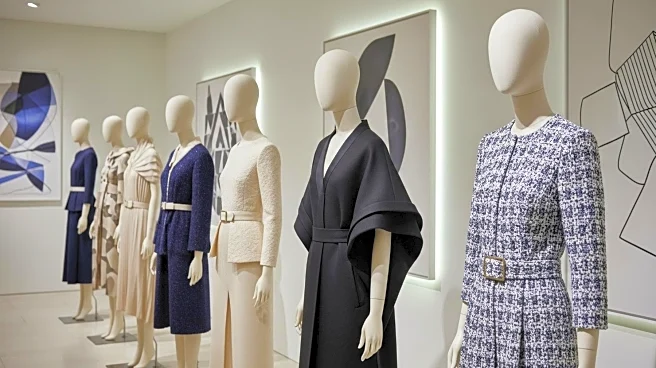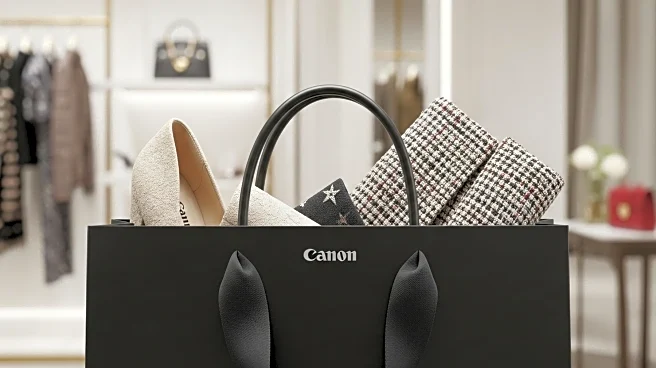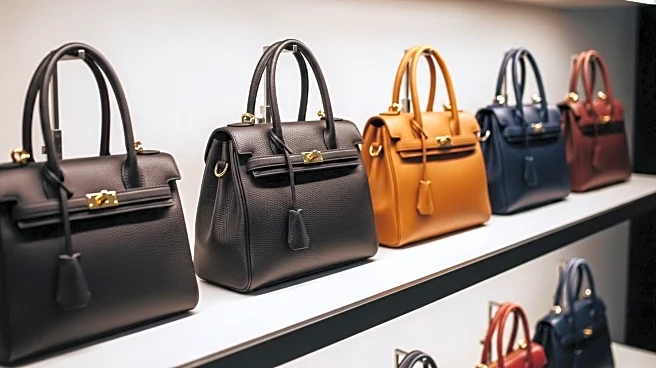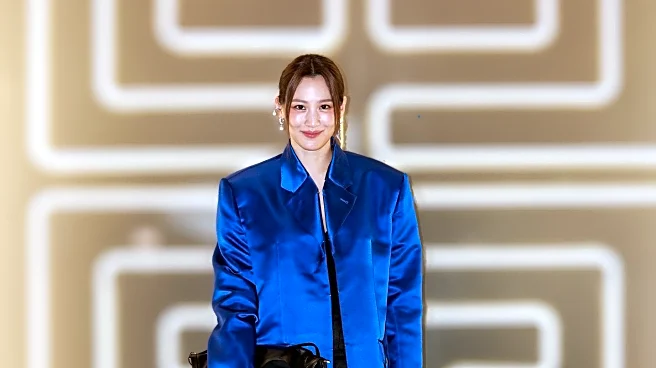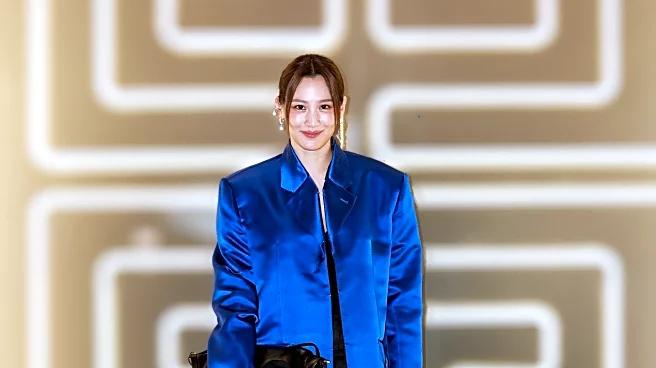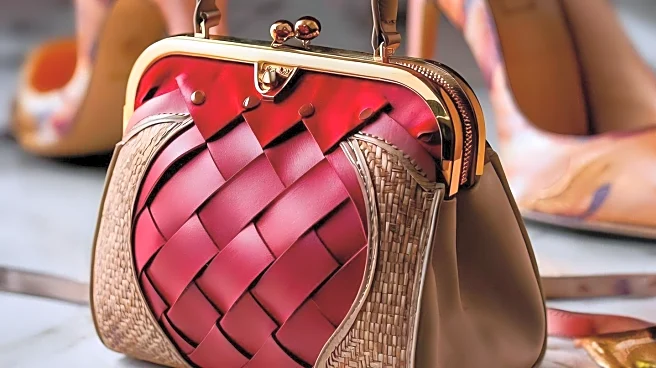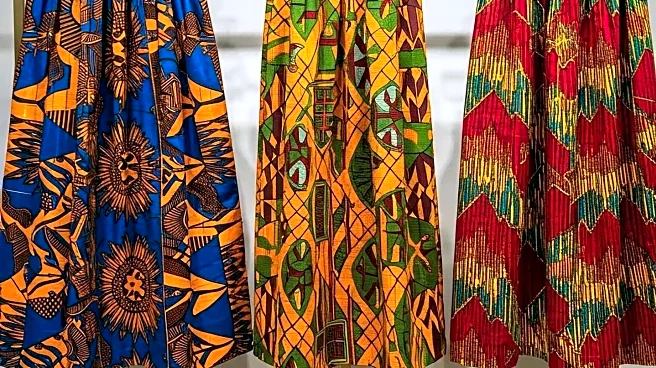What's Happening?
Jonathan Anderson, Dior's artistic director, has introduced a new font for the brand, returning to its historical roots with the Cochin typeface. This font, originally chosen by Christian Dior in 1946, features a capital 'D' followed by 'ior' in lowercase, and was named after the 18th-century French engraver Charles-Nicolas Cochin. The change marks a departure from the Serif font used since 2016 under Maria Grazia Chiuri's direction. Anderson discovered carved wooden blocks of the Dior logo in the archives, which inspired the revival of the Cochin font. The new font was discreetly launched on clothing labels for the spring/summer 2026 menswear collection, maintaining the iconic 'dove gray' color. Anderson emphasized the historical significance and French origin of the typeface, aligning with Dior's heritage.
Why It's Important?
The reintroduction of the Cochin font by Dior reflects a strategic move to reinforce the brand's heritage and identity. By embracing a historical typeface, Dior strengthens its connection to its founder's vision and the cultural roots of the brand. This change may influence the brand's marketing and design strategies, potentially attracting consumers who value tradition and authenticity. The decision also highlights the role of artistic directors in shaping brand narratives and aesthetics, impacting the fashion industry's approach to branding and identity.
Beyond the Headlines
The revival of the Cochin font underscores the importance of historical and cultural elements in luxury branding. It raises questions about the balance between innovation and tradition in fashion, as brands navigate evolving consumer preferences and market dynamics. The move may inspire other luxury brands to explore their archives and heritage, fostering a trend of nostalgia and authenticity in the industry.

